Home>Renovation & DIY>Home Renovation Guides>What Kind Of Insulation To Use In Crawl Space
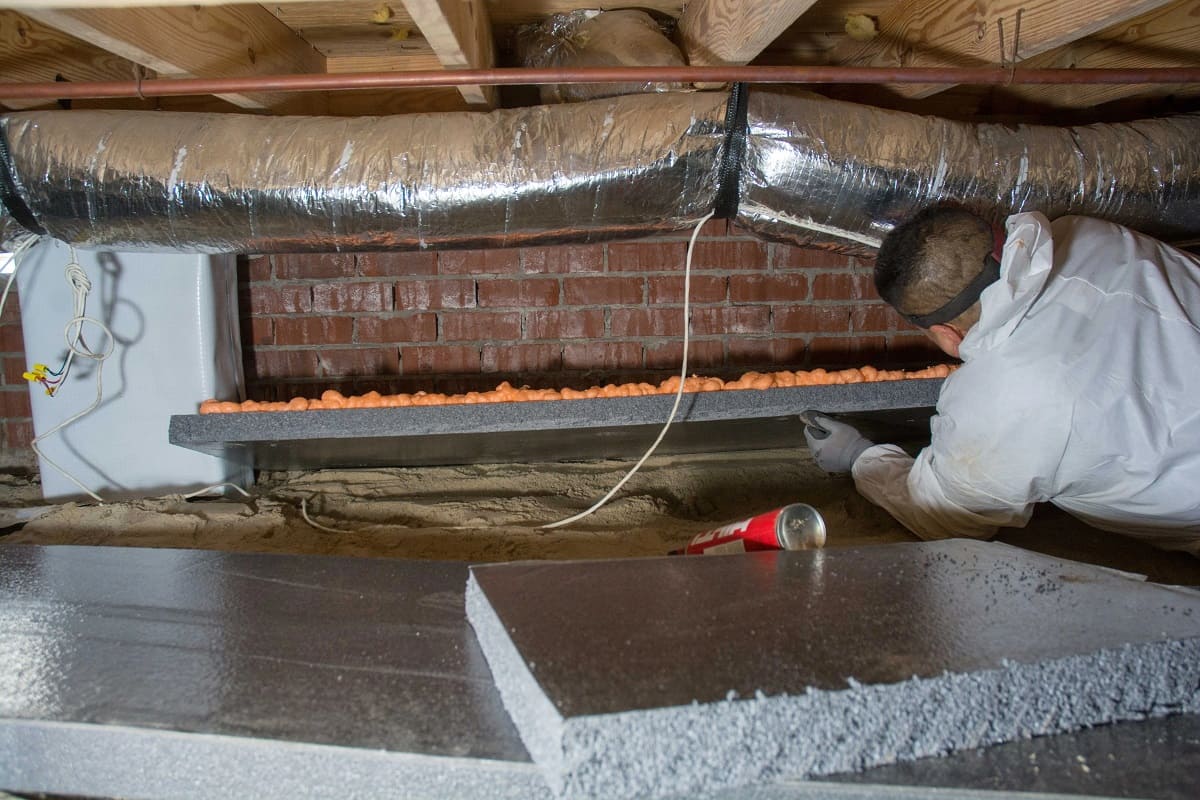

Home Renovation Guides
What Kind Of Insulation To Use In Crawl Space
Modified: February 17, 2024
Looking for the best insulation for your crawl space? Our home renovation guide provides expert advice on choosing the right insulation for your project.
(Many of the links in this article redirect to a specific reviewed product. Your purchase of these products through affiliate links helps to generate commission for Storables.com, at no extra cost. Learn more)
Introduction
Insulating the crawl space of your home is a crucial yet often overlooked aspect of home maintenance and energy efficiency. Crawl spaces are prone to moisture, temperature fluctuations, and potential pest intrusion, making proper insulation essential for preserving the structural integrity of your home and ensuring optimal indoor comfort. In this comprehensive guide, we will explore the various types of insulation suitable for crawl spaces, their unique benefits, and considerations for choosing the right insulation for your specific needs. Whether you're a seasoned homeowner or a first-time property owner, understanding the importance of crawl space insulation and the available options will empower you to make informed decisions that can positively impact your home's longevity and energy efficiency. Let's delve into the world of crawl space insulation and uncover the key factors that can help you create a healthier and more comfortable living environment for you and your family.
Key Takeaways:
- Properly insulating your crawl space is crucial for controlling moisture, regulating temperatures, and preventing pests, ultimately creating a healthier and more comfortable home environment.
- Consider factors such as moisture resistance, durability, and installation requirements when choosing the right insulation for your crawl space to ensure long-term protection and energy efficiency.
Read more: What Kind Of Insulation For Crawl Space
Importance of Insulating Crawl Spaces
Insulating the crawl space of a home is a critical component of maintaining energy efficiency, structural integrity, and indoor air quality. Despite being often overlooked, crawl spaces play a significant role in the overall well-being of a home. Here's why insulating crawl spaces is of paramount importance:
1. Moisture Control:
Crawl spaces are susceptible to moisture buildup, which can lead to mold and mildew growth. Proper insulation helps to mitigate moisture-related issues, preventing structural damage and safeguarding indoor air quality.
2. Temperature Regulation:
Uninsulated crawl spaces can result in temperature differentials, leading to cold floors in the winter and warm, humid conditions in the summer. Insulation helps to regulate temperatures, creating a more comfortable indoor environment while reducing energy consumption.
3. Pest Prevention:
Inadequately insulated crawl spaces can become inviting habitats for pests such as rodents and insects. By sealing off potential entry points and creating a less hospitable environment, insulation acts as a barrier against unwanted intruders.
Read more: What R-Value For Crawl Space Insulation
4. Structural Integrity:
Proper insulation in the crawl space can contribute to the overall structural integrity of the home. It helps to prevent wood rot, corrosion of metal elements, and deterioration of building materials, ultimately extending the lifespan of the property.
5. Energy Efficiency:
Insulating the crawl space can lead to significant energy savings by reducing heat loss in the winter and heat gain in the summer. This can result in lower utility bills and a reduced environmental impact.
6. Indoor Air Quality:
A well-insulated crawl space can contribute to improved indoor air quality by preventing the infiltration of outdoor pollutants and allergens, creating a healthier living environment for occupants.
In summary, insulating crawl spaces is a fundamental aspect of home maintenance that offers a multitude of benefits, ranging from moisture control and pest prevention to energy efficiency and improved indoor air quality. By recognizing the importance of proper insulation in crawl spaces, homeowners can take proactive measures to enhance the longevity, comfort, and sustainability of their homes.
Types of Insulation for Crawl Spaces
When it comes to insulating crawl spaces, various insulation materials and methods are available, each with its unique characteristics and suitability for different scenarios. Understanding the types of insulation for crawl spaces can empower homeowners to make informed decisions based on their specific needs and budget. Let's explore the most common types of insulation used in crawl spaces:
Read more: How To Insulate The Floor In A Crawl Space
1. Fiberglass Insulation
Fiberglass insulation is a popular choice for insulating crawl spaces due to its affordability and effectiveness. It is available in batts, rolls, or loose-fill forms, making it versatile for different crawl space configurations. Fiberglass insulation is relatively easy to install and provides thermal resistance, helping to regulate temperatures and reduce energy loss. However, it's important to ensure proper installation and sealing to prevent air leakage and moisture intrusion.
2. Spray Foam Insulation
Spray foam insulation is known for its exceptional insulating properties and ability to create a seamless air barrier. It can effectively seal gaps, cracks, and irregular surfaces in crawl spaces, providing superior thermal performance. Spray foam insulation expands upon application, filling voids and hard-to-reach areas, which can enhance overall energy efficiency. While it offers excellent insulation, professional installation is recommended to ensure proper ventilation and adherence to safety guidelines.
3. Foam Board Insulation
Foam board insulation, also known as rigid foam insulation, is a durable and moisture-resistant option for crawl spaces. It comes in various thicknesses and can be installed on crawl space walls or under the subfloor to provide thermal insulation. Foam board insulation offers high compressive strength and can effectively resist moisture, making it suitable for crawl spaces prone to damp conditions. Proper installation and sealing are essential to maximize its insulating capabilities.
4. Mineral Wool Insulation
Mineral wool insulation, made from natural rock or slag fibers, is a non-combustible and water-repellent option for crawl space insulation. It provides excellent thermal and acoustic insulation properties, contributing to energy efficiency and sound control. Mineral wool insulation is resistant to mold, mildew, and pests, making it a favorable choice for homeowners seeking long-term durability and moisture management in their crawl spaces.
Each type of insulation for crawl spaces has its advantages and considerations, and the suitability of a particular insulation material depends on factors such as climate, budget, moisture levels, and existing crawl space conditions. By evaluating the unique characteristics of each insulation type and consulting with professionals, homeowners can make informed decisions to enhance the energy efficiency, comfort, and longevity of their homes.
Read more: How To Insulate PEX Pipes In A Crawl Space
Fiberglass Insulation
Fiberglass insulation is a widely used and cost-effective option for insulating crawl spaces. It is available in batts, rolls, or loose-fill forms, providing versatility in installation and suitability for various crawl space configurations. The material is composed of fine glass fibers, offering thermal resistance and effectively reducing heat transfer, which is essential for regulating temperatures and minimizing energy loss in homes.
One of the key advantages of fiberglass insulation is its affordability, making it an attractive option for homeowners seeking to improve energy efficiency without breaking the bank. The ease of installation further adds to its appeal, allowing for straightforward implementation in crawl spaces. However, proper installation is crucial to ensure optimal performance and to prevent air leakage and moisture intrusion. It's essential to carefully seal any gaps or openings to maintain the insulation's effectiveness.
Fiberglass insulation also boasts fire resistance properties, providing an added layer of safety for homes. This feature contributes to the overall security and protection of the property, giving homeowners peace of mind.
While fiberglass insulation offers several benefits, it's important to consider potential drawbacks. Fiberglass fibers can cause skin irritation and respiratory discomfort if proper precautions are not taken during installation. Therefore, it's advisable to wear protective clothing, gloves, and a mask when handling fiberglass insulation to minimize exposure.
In summary, fiberglass insulation is a practical and budget-friendly choice for insulating crawl spaces. Its thermal resistance properties, ease of installation, and fire resistance make it a compelling option for homeowners looking to enhance energy efficiency and indoor comfort. By addressing potential challenges such as proper installation and safety measures, homeowners can leverage the benefits of fiberglass insulation to create a more sustainable and comfortable living environment.
Spray Foam Insulation
Spray foam insulation is a highly effective and versatile option for insulating crawl spaces, renowned for its exceptional thermal performance and ability to create a seamless air barrier. Composed of a combination of isocyanate and polyol resin, spray foam insulation is applied as a liquid that expands and solidifies, filling gaps, cracks, and irregular surfaces in crawl spaces. This expansion allows the insulation to reach and seal areas that may be challenging to access with traditional insulation materials.
One of the primary advantages of spray foam insulation is its ability to provide superior thermal resistance, effectively regulating temperatures and reducing energy loss in homes. By creating an airtight seal, spray foam insulation minimizes heat transfer, resulting in improved energy efficiency and reduced utility costs. This feature is particularly beneficial for crawl spaces, where maintaining consistent temperatures is essential for overall comfort and structural integrity.
Additionally, the seamless air barrier formed by spray foam insulation helps to prevent air leakage, moisture intrusion, and the infiltration of outdoor pollutants, contributing to enhanced indoor air quality. By sealing off potential entry points for allergens and pollutants, spray foam insulation creates a healthier living environment for occupants, particularly those with respiratory sensitivities or allergies.
Furthermore, the expansive nature of spray foam insulation allows it to conform to the unique contours and irregularities of crawl spaces, ensuring comprehensive coverage and insulation. This adaptability makes it a suitable choice for crawl spaces with complex layouts or hard-to-reach areas, providing a uniform and effective insulation solution.
While spray foam insulation offers compelling benefits, it's important to note that professional installation is recommended to ensure proper ventilation and adherence to safety guidelines. Due to the chemical components involved in the application process, professional expertise is crucial to mitigate potential risks and ensure optimal performance.
In summary, spray foam insulation stands out as a high-performance option for insulating crawl spaces, offering exceptional thermal resistance, air sealing capabilities, and adaptability to diverse crawl space configurations. By leveraging the advantages of spray foam insulation and seeking professional installation, homeowners can enhance energy efficiency, indoor air quality, and overall comfort in their homes.
Foam Board Insulation
Foam board insulation, also known as rigid foam insulation, is a durable and moisture-resistant option for insulating crawl spaces. Composed of polystyrene, polyisocyanurate, or polyurethane, foam board insulation offers exceptional thermal resistance and moisture control, making it a favorable choice for homeowners seeking to enhance energy efficiency and protect their crawl spaces from damp conditions.
One of the key advantages of foam board insulation is its high compressive strength, allowing it to withstand pressure and maintain its insulating properties over time. This durability makes it suitable for crawl spaces that may be exposed to heavy loads or require insulation beneath the subfloor. Additionally, foam board insulation exhibits resistance to moisture, making it an ideal solution for crawl spaces prone to dampness or humidity. By mitigating moisture infiltration, foam board insulation helps prevent mold growth, wood rot, and structural damage, contributing to the long-term integrity of the home.
Foam board insulation is available in various thicknesses, providing flexibility in addressing different insulation needs and crawl space configurations. Whether installed on crawl space walls or beneath the subfloor, foam board insulation offers consistent thermal performance, helping to regulate temperatures and reduce heat transfer. Its moisture-resistant properties further contribute to maintaining a dry and healthy crawl space environment, essential for preserving the structural components of the home and ensuring indoor comfort.
Proper installation and sealing are crucial to maximize the insulating capabilities of foam board insulation. Careful attention should be given to sealing seams, edges, and penetrations to create a continuous thermal barrier and prevent air leakage. By ensuring thorough installation, homeowners can optimize the energy efficiency and moisture control benefits of foam board insulation, ultimately leading to reduced utility costs and a more comfortable living environment.
In summary, foam board insulation stands out as a reliable and moisture-resistant option for insulating crawl spaces. Its durability, thermal resistance, and moisture control properties make it a valuable investment for homeowners looking to enhance energy efficiency and protect their homes from the potential effects of moisture. By leveraging the benefits of foam board insulation and ensuring proper installation, homeowners can create a more sustainable and resilient crawl space environment.
Mineral Wool Insulation
Mineral wool insulation, derived from natural rock or slag fibers, is a versatile and high-performance option for insulating crawl spaces. Its unique composition and properties make it a compelling choice for homeowners seeking durable, moisture-resistant, and fire-retardant insulation solutions.
One of the standout features of mineral wool insulation is its exceptional thermal and acoustic insulation properties. It effectively reduces heat transfer and sound transmission, contributing to energy efficiency and indoor comfort. This makes it particularly beneficial for crawl spaces, where temperature regulation and noise control are essential for creating a conducive living environment.
In addition to its insulating capabilities, mineral wool insulation is non-combustible and water-repellent, offering inherent fire resistance and moisture management. This feature provides added safety and protection for homes, reducing the risk of fire-related hazards and safeguarding against moisture-related issues such as mold and mildew growth.
Furthermore, mineral wool insulation exhibits resistance to pests, mold, and rot, making it a durable and long-lasting solution for crawl spaces. Its ability to withstand environmental challenges and maintain its insulating properties over time enhances the overall resilience of the home's structural components, contributing to its longevity and sustainability.
The versatility of mineral wool insulation allows for various installation methods, including placement in crawl space walls or beneath the subfloor. Its adaptability to different crawl space configurations and moisture levels makes it a suitable choice for homeowners seeking comprehensive insulation solutions tailored to their specific needs.
While mineral wool insulation offers numerous benefits, proper installation and sealing are crucial to maximize its performance. Ensuring a tight and continuous thermal barrier, along with attention to sealing seams and edges, is essential for optimizing energy efficiency and moisture control in crawl spaces.
In summary, mineral wool insulation stands out as a durable, moisture-resistant, and fire-retardant option for insulating crawl spaces. Its thermal and acoustic insulation properties, coupled with inherent resistance to fire, moisture, pests, and rot, make it a valuable investment for homeowners looking to enhance energy efficiency and protect their homes from environmental factors. By leveraging the benefits of mineral wool insulation and prioritizing proper installation, homeowners can create a resilient and sustainable crawl space environment for long-term comfort and structural integrity.
Considerations for Choosing the Right Insulation
When selecting the most suitable insulation for your crawl space, several key considerations should guide your decision-making process. By carefully evaluating these factors, you can make an informed choice that aligns with your specific needs, budget, and the unique characteristics of your home. Here are the essential considerations for choosing the right insulation:
-
Moisture Resistance: Given the propensity of crawl spaces to moisture accumulation, prioritizing insulation materials with inherent moisture resistance is crucial. Opt for insulation that can effectively mitigate the risk of mold, mildew, and structural damage caused by excess moisture, ensuring a dry and healthy crawl space environment.
-
Durability and Longevity: Consider the long-term performance and durability of the insulation material. Choose options that can withstand environmental challenges, resist pests, and maintain their insulating properties over time. Durable insulation contributes to the overall resilience and sustainability of your home's crawl space.
-
Thermal Performance: Evaluate the thermal resistance and insulating capabilities of the materials under consideration. The chosen insulation should effectively regulate temperatures, reduce heat transfer, and contribute to energy efficiency, ultimately enhancing indoor comfort and lowering utility costs.
-
Adaptability to Crawl Space Configuration: Assess the flexibility and adaptability of insulation materials to different crawl space layouts and conditions. Whether your crawl space has irregular surfaces, tight spaces, or specific moisture levels, the chosen insulation should be suitable for comprehensive coverage and effective insulation.
-
Fire Resistance and Safety: Prioritize insulation materials with inherent fire resistance properties, contributing to the overall safety of your home. Additionally, consider safety measures during installation and any potential health risks associated with the insulation material, ensuring a secure and healthy living environment for occupants.
-
Installation Requirements: Take into account the installation process and any specific requirements associated with the insulation material. Professional installation may be necessary for certain insulation types, and proper sealing and ventilation considerations should be addressed to maximize the insulation's performance.
-
Budget and Cost-Effectiveness: While considering the upfront costs of insulation materials and installation, also evaluate the long-term cost-effectiveness and potential energy savings associated with each option. Balancing upfront expenses with long-term benefits is essential for making a financially prudent decision.
By carefully weighing these considerations and potentially consulting with insulation professionals, you can confidently select the right insulation for your crawl space, ensuring optimal moisture control, energy efficiency, and long-term protection for your home.
Conclusion
In conclusion, insulating the crawl space of a home is a fundamental aspect of maintaining energy efficiency, structural integrity, and indoor comfort. By addressing the unique challenges posed by crawl spaces, such as moisture control, temperature regulation, and pest prevention, proper insulation plays a pivotal role in creating a healthier and more sustainable living environment for homeowners and their families.
Throughout this comprehensive guide, we have explored the various types of insulation suitable for crawl spaces, each offering distinct advantages and considerations. From the affordability and ease of installation of fiberglass insulation to the exceptional thermal performance and air sealing capabilities of spray foam insulation, homeowners have a range of options to choose from based on their specific needs and budget. Additionally, foam board insulation and mineral wool insulation stand out as durable, moisture-resistant solutions that contribute to long-term energy efficiency and structural protection.
When considering the right insulation for a crawl space, several key factors should guide the decision-making process. Prioritizing moisture resistance, durability, thermal performance, adaptability to crawl space configuration, fire resistance, safety, installation requirements, and cost-effectiveness empowers homeowners to make informed choices that align with their unique circumstances and priorities.
By recognizing the importance of proper insulation in crawl spaces and understanding the available options, homeowners can take proactive measures to enhance the longevity, comfort, and sustainability of their homes. Whether it's mitigating moisture-related issues, regulating temperatures, or reducing energy consumption, the impact of well-chosen insulation extends far beyond the crawl space, positively influencing the overall well-being of the home and its occupants.
In essence, the journey to insulating a crawl space is a journey toward creating a more resilient, efficient, and comfortable living environment. By leveraging the insights and considerations presented in this guide, homeowners can embark on this journey with confidence, knowing that they are making informed decisions that will have a lasting impact on the health and sustainability of their homes.
Frequently Asked Questions about What Kind Of Insulation To Use In Crawl Space
Was this page helpful?
At Storables.com, we guarantee accurate and reliable information. Our content, validated by Expert Board Contributors, is crafted following stringent Editorial Policies. We're committed to providing you with well-researched, expert-backed insights for all your informational needs.
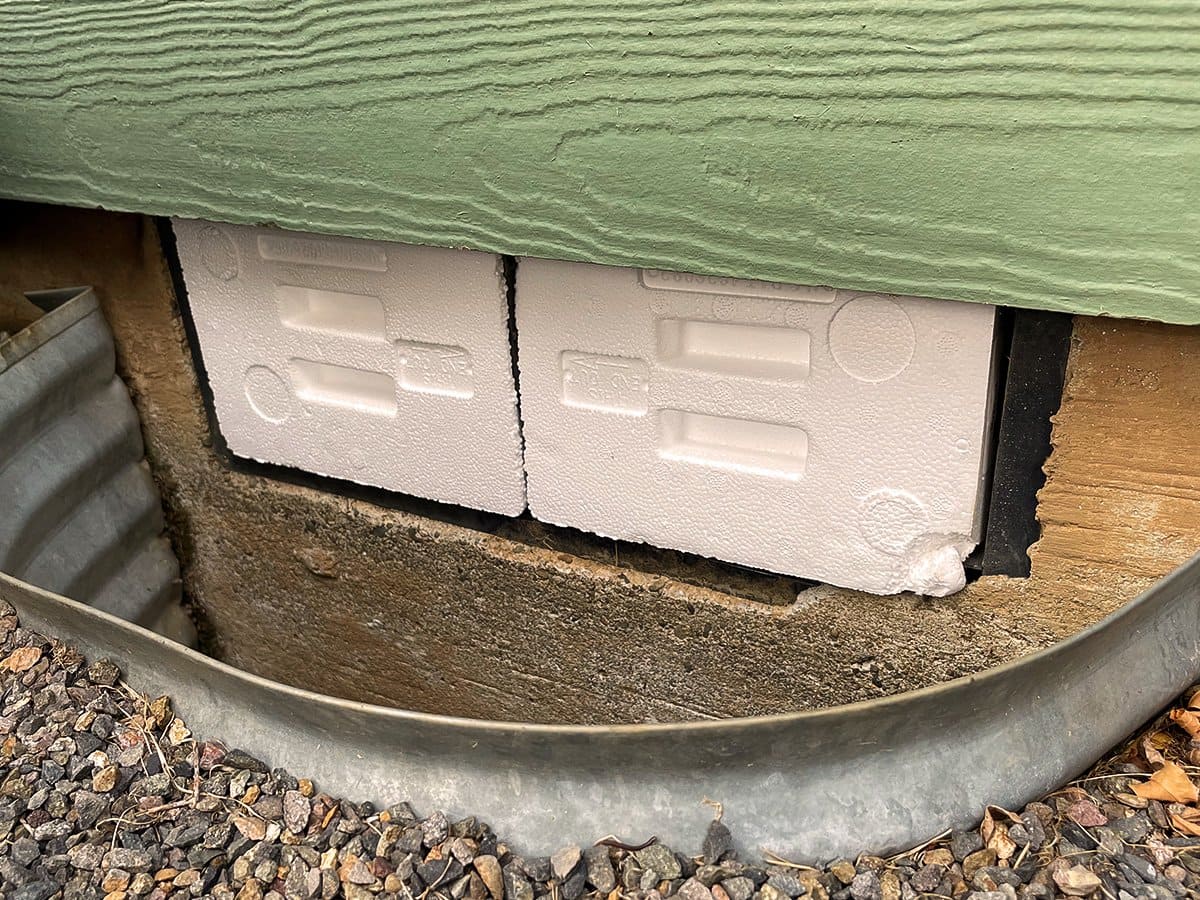
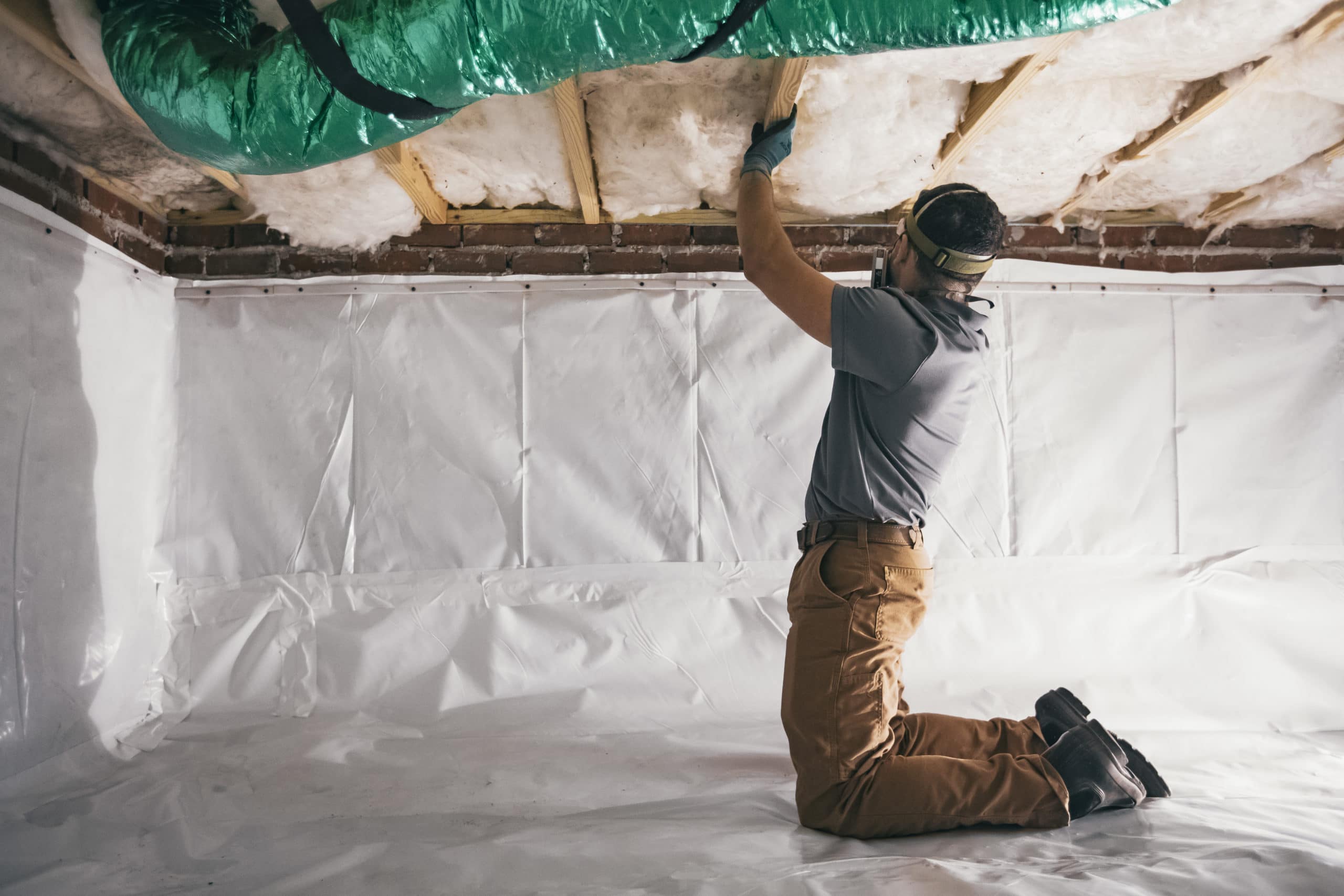
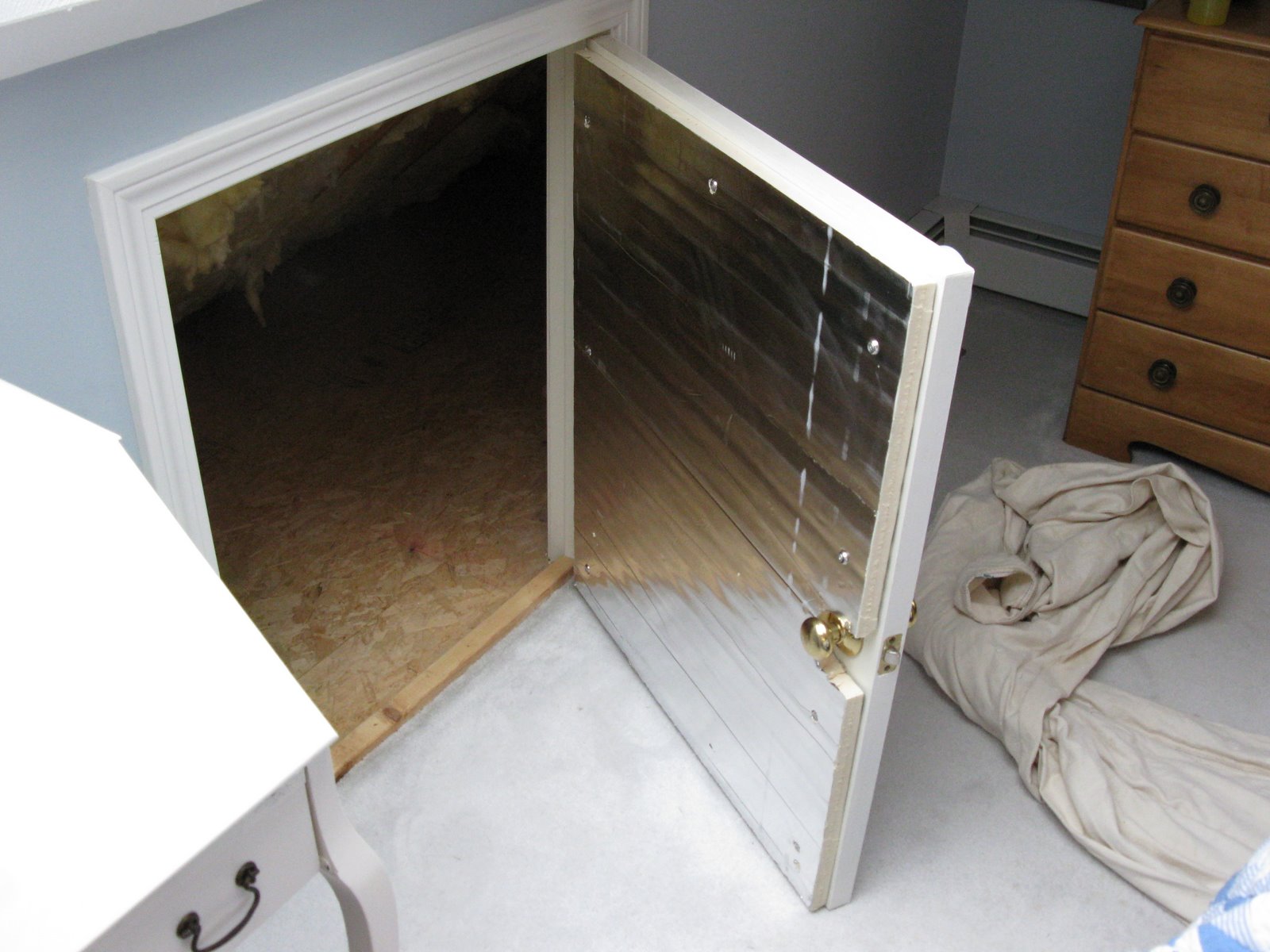
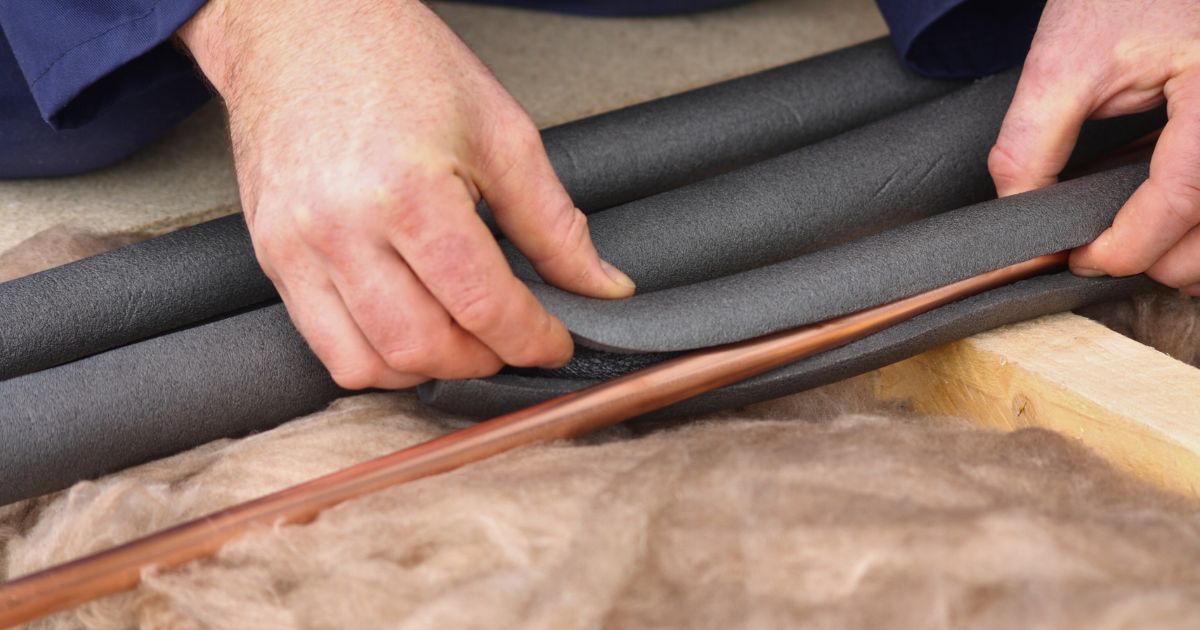
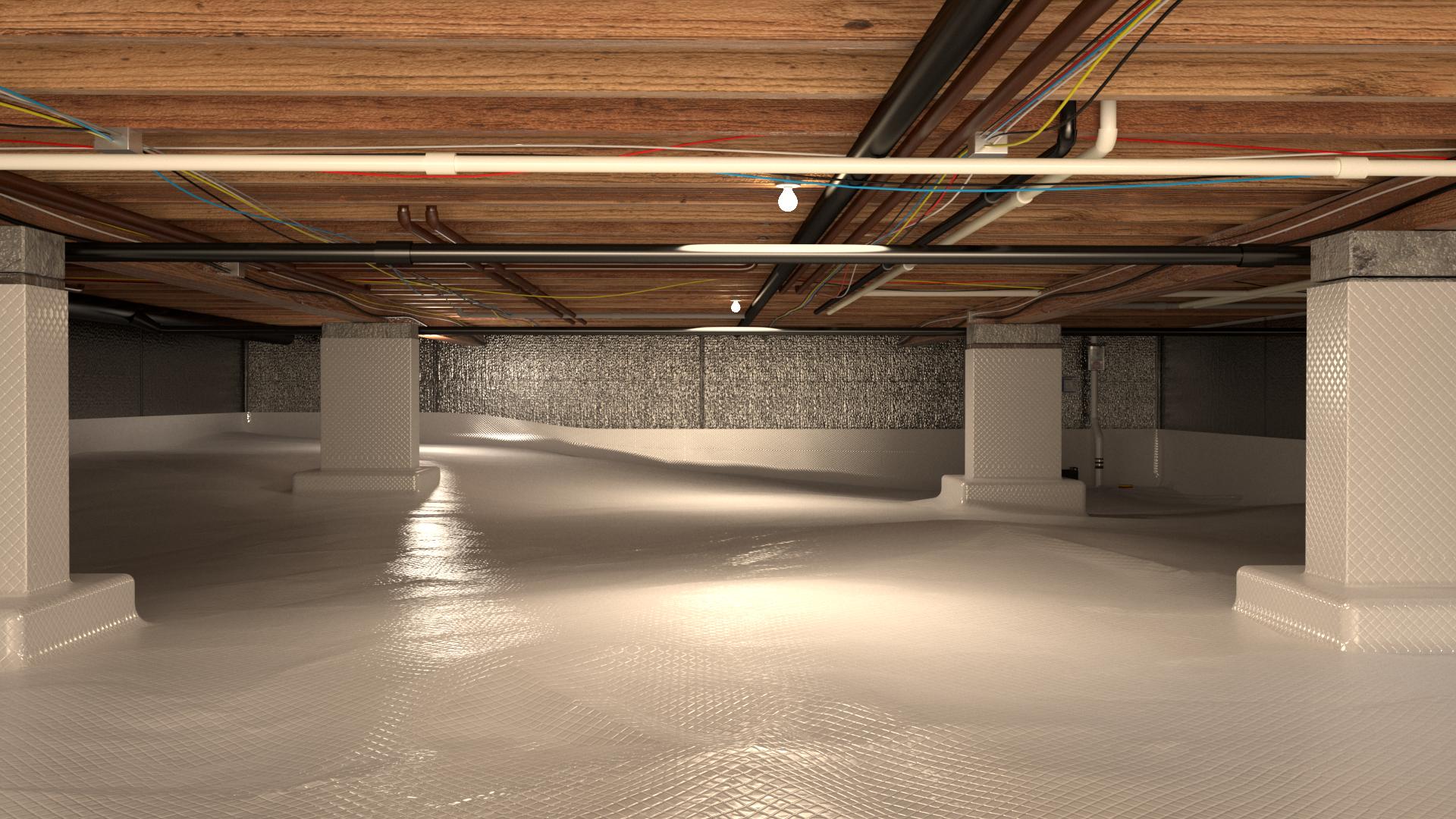
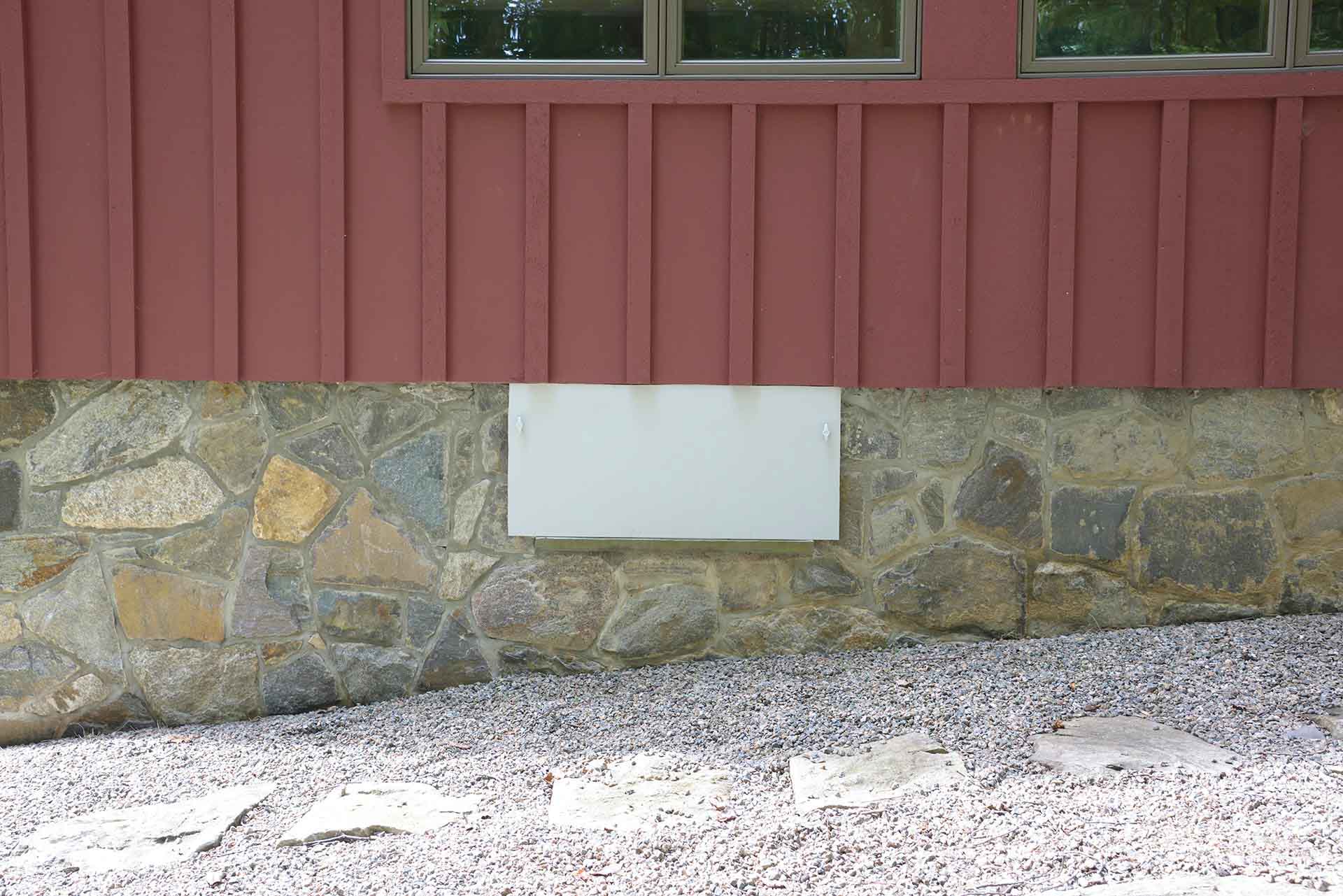
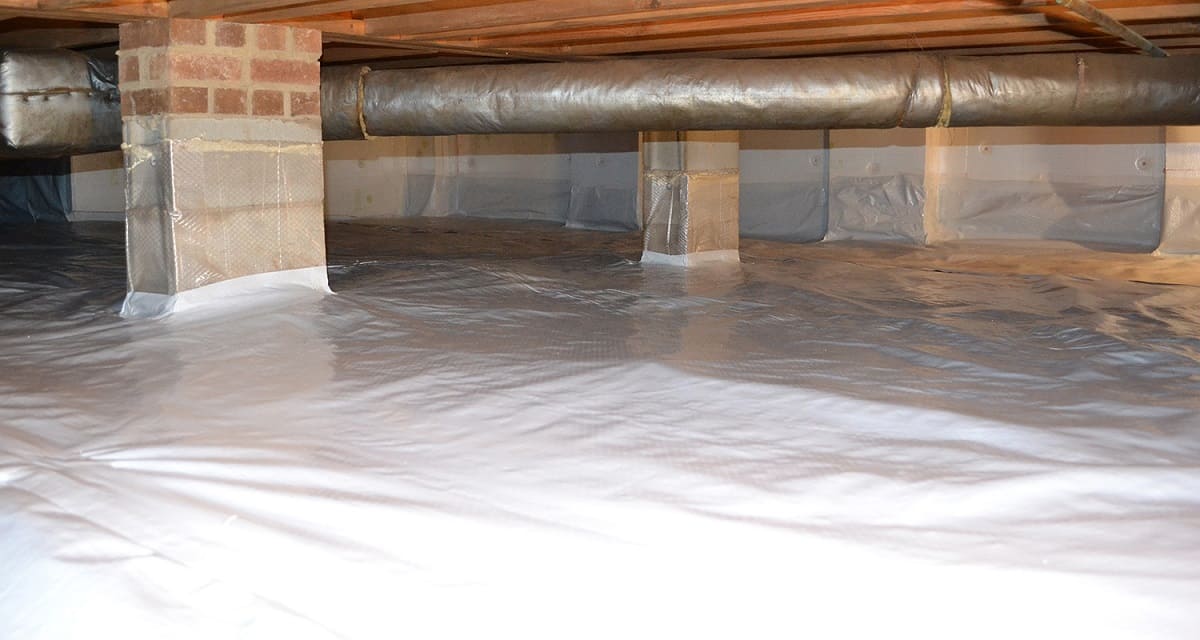
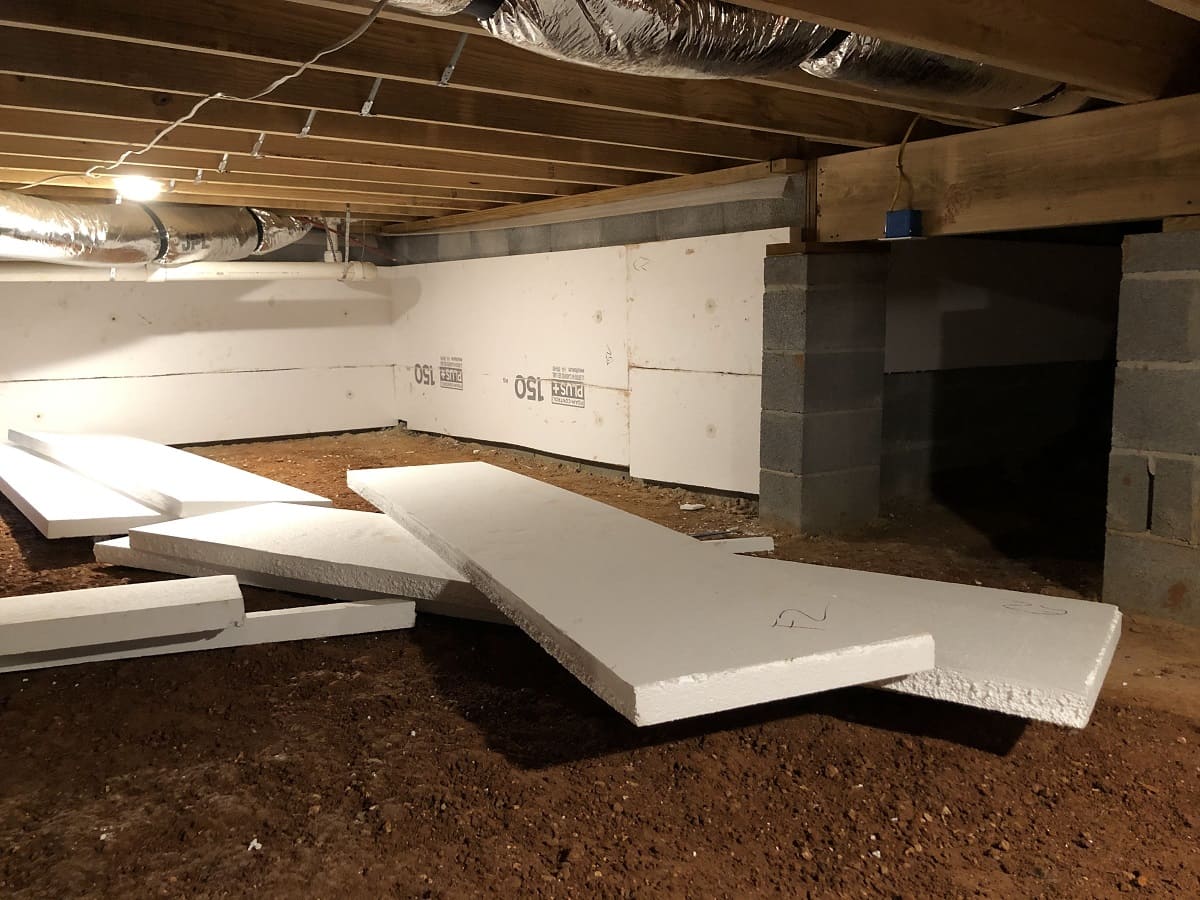
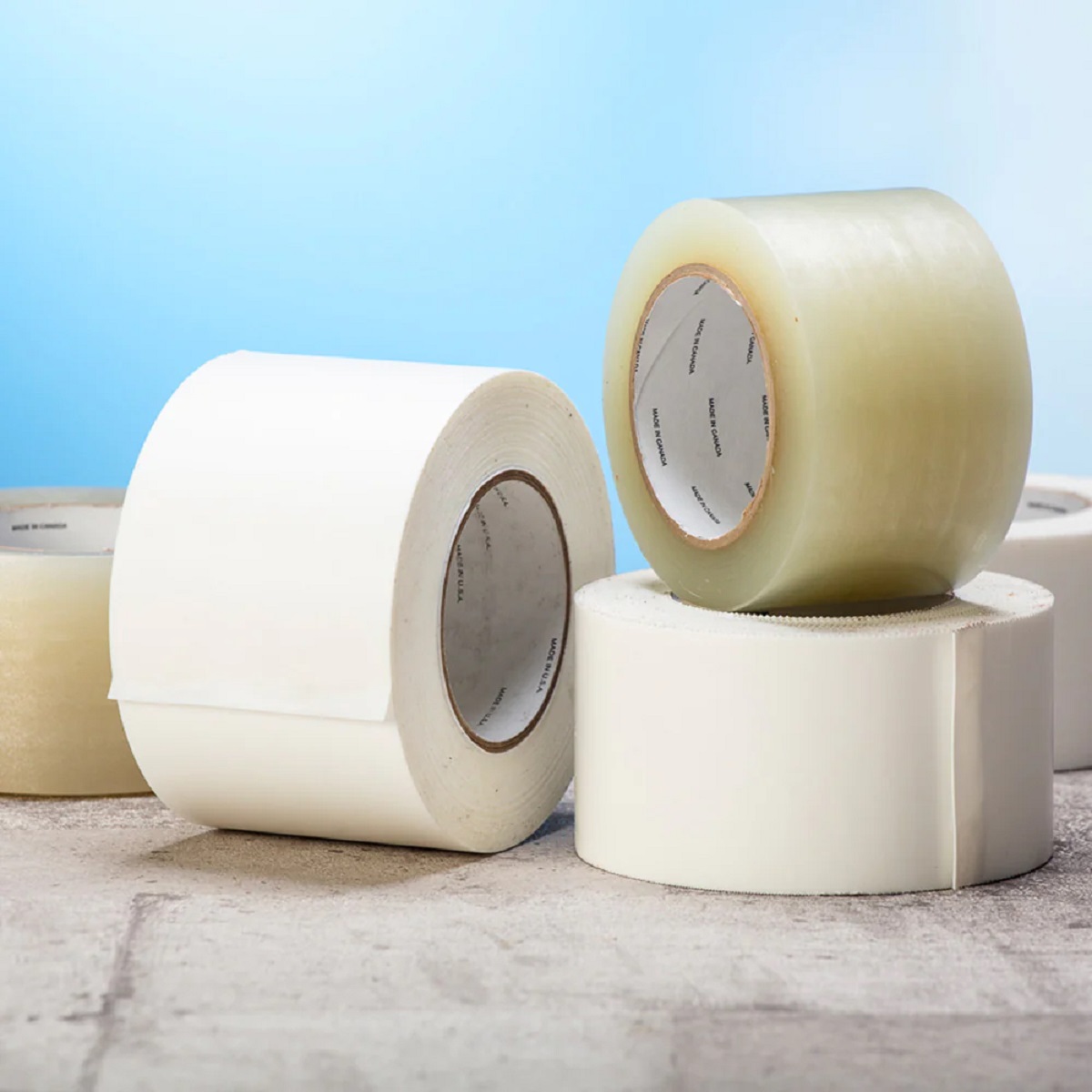
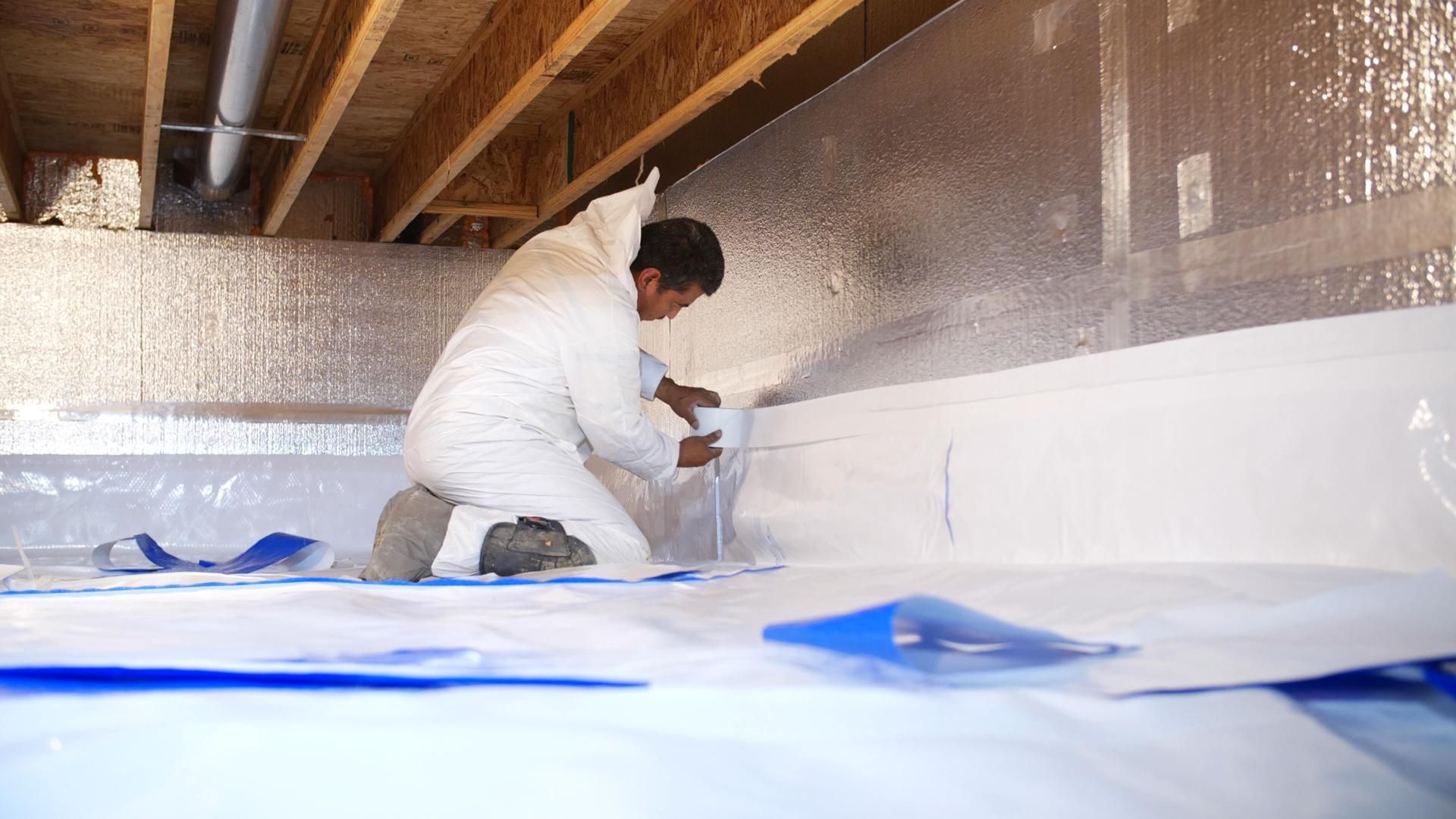
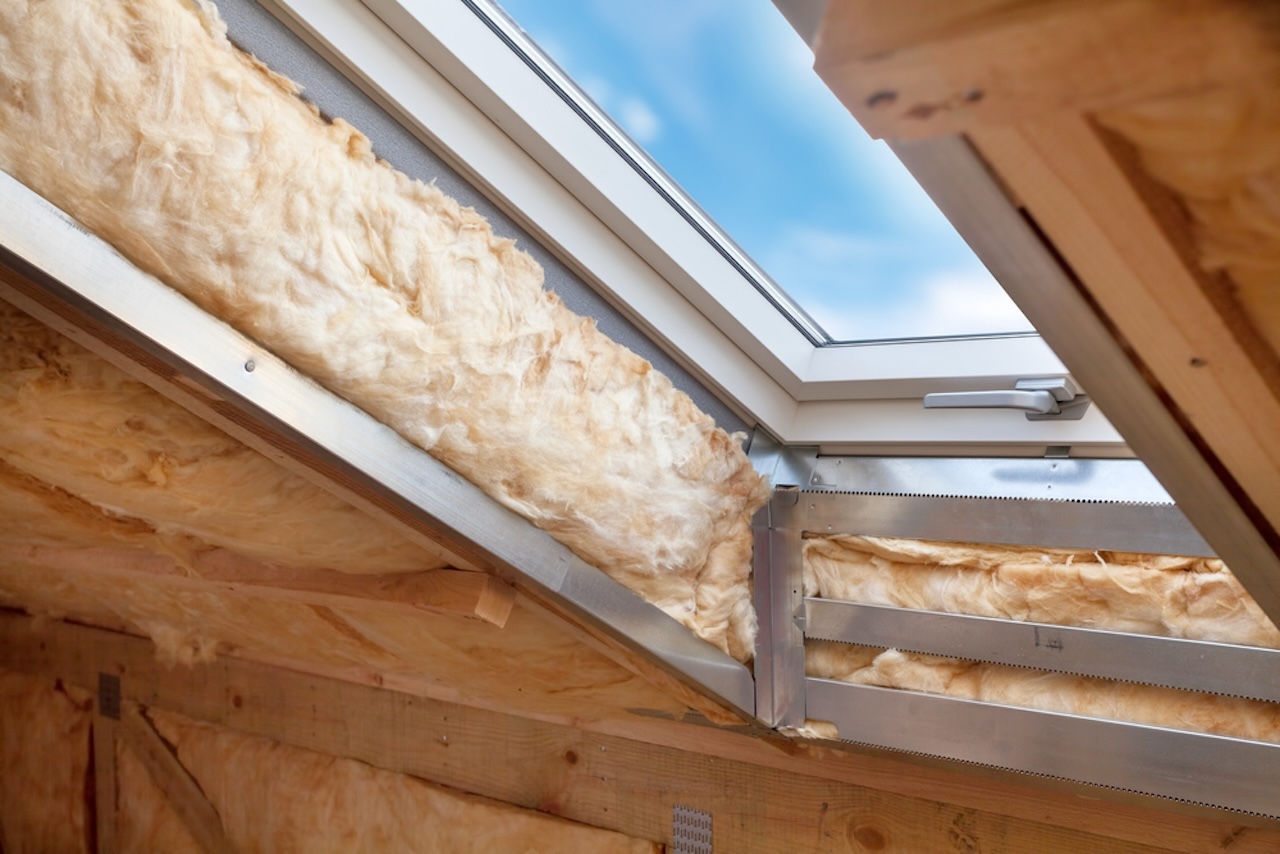

0 thoughts on “What Kind Of Insulation To Use In Crawl Space”